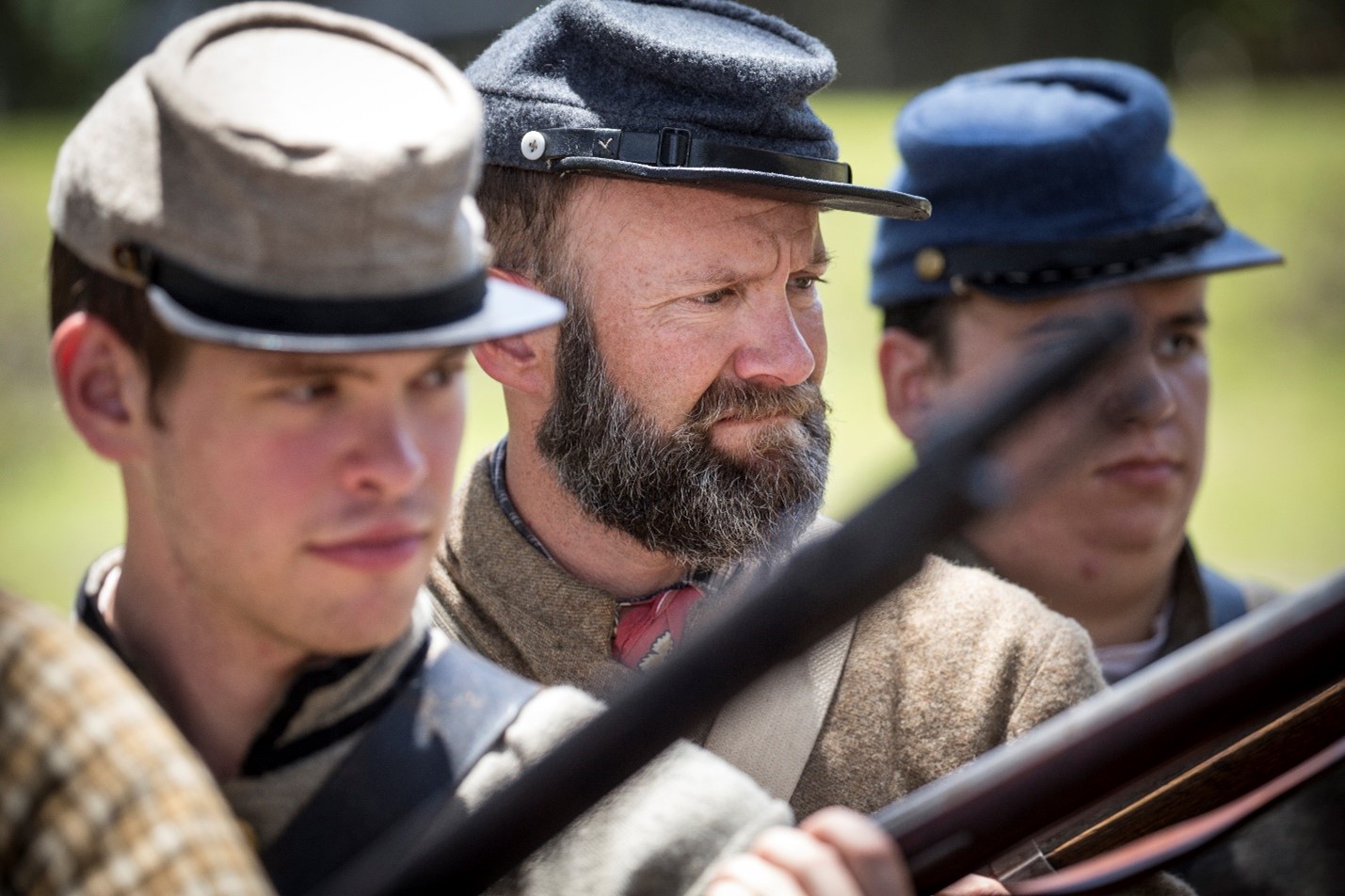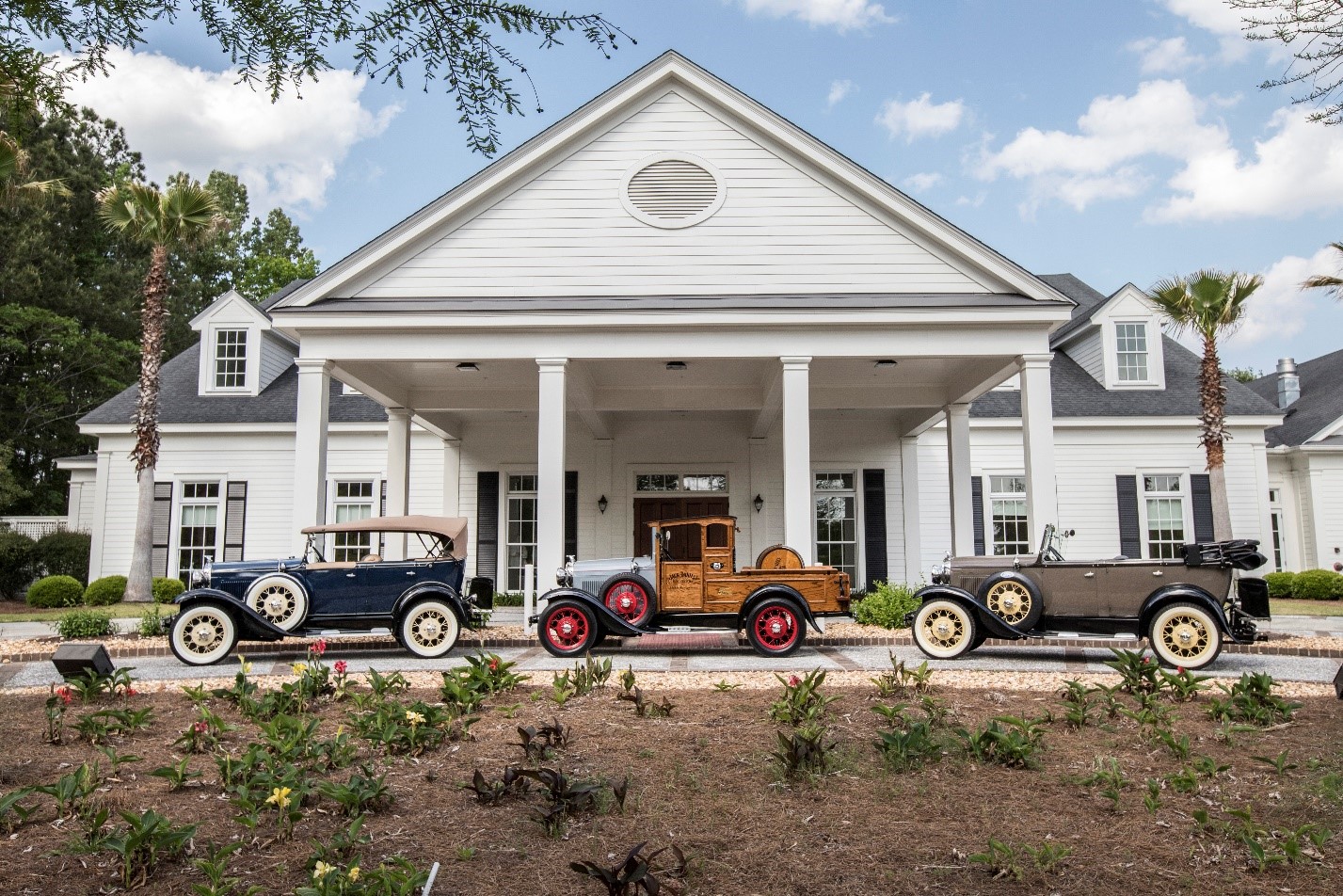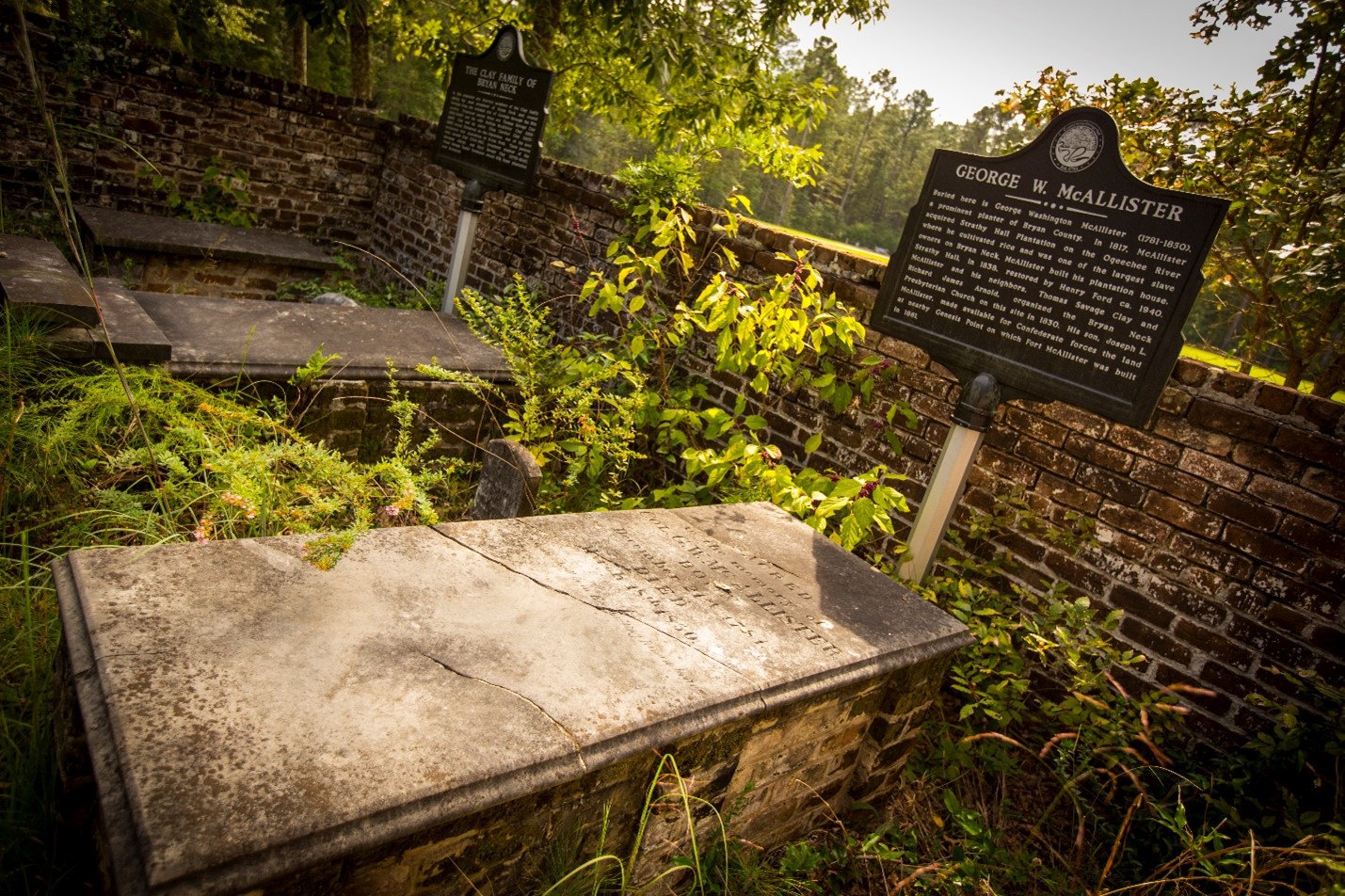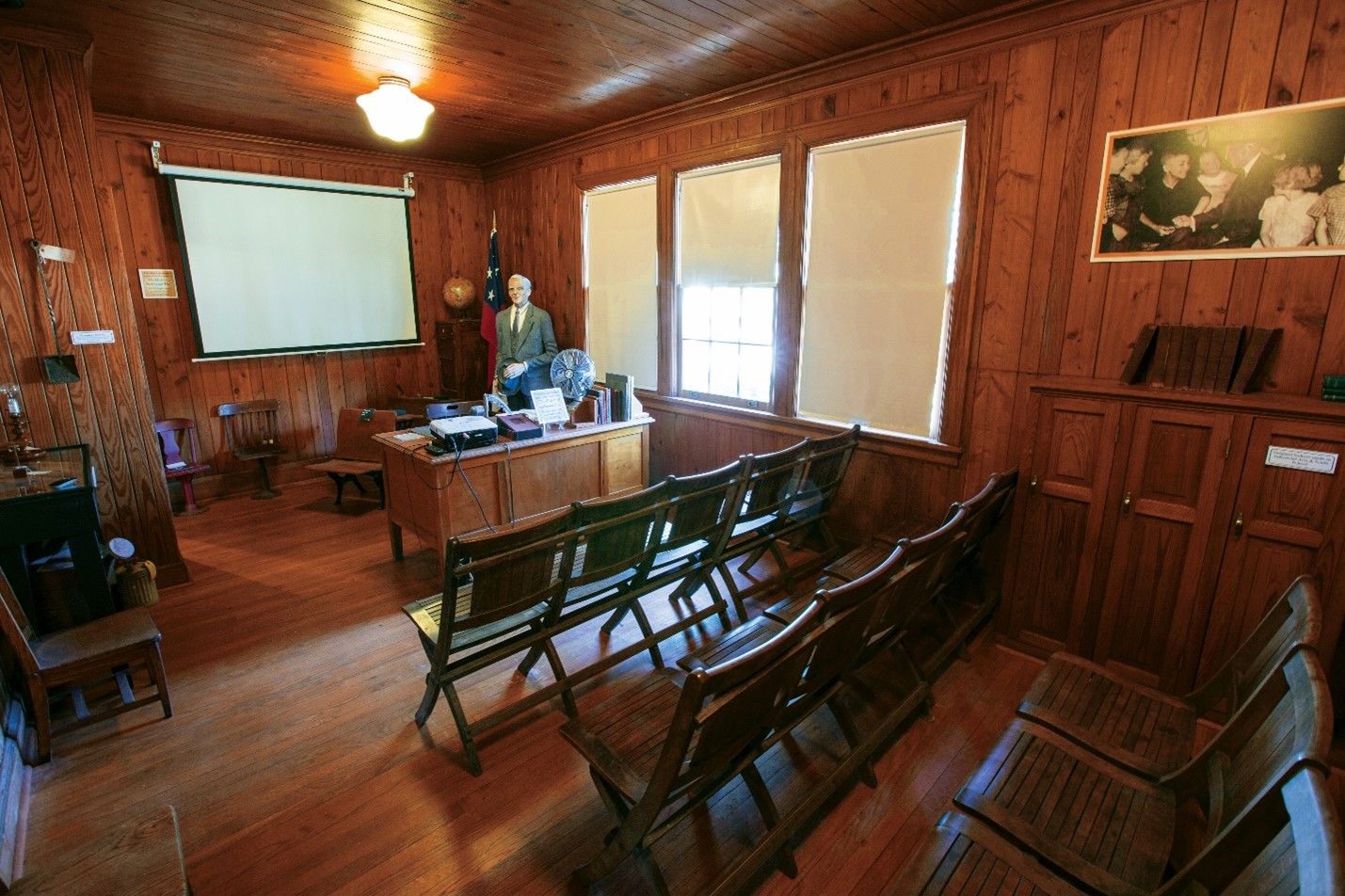History Comes Alive in The Hill
The history of Richmond Hill is as old as the Native Americans who inhabited the land long before the British colonies that predate America. European settlers began cultivating the land here as early as the 1730s when Georgia’s founder, Gen. James Oglethorpe, built Fort Argyle near the confluence of the Ogeechee and Canoochee rivers. Soon after, land was granted along the rivers for agricultural purposes and settlements began popping up in the area rapidly following the legalization of slavery in 1750. In the centuries that followed, Richmond Hill has been a leader in rice and Sea Island cotton production, the final stop in Gen. Sherman’s March to the Sea, home to one of the Confederacy’s most resilient forts, and a second home to one of America’s most famous innovators. If you’re a history buff, head for the hill to get your historical fill.
Fort McAllister State Historical Park

Nowhere else can you see what life was like in a bygone era quite like you can at Fort McAllister. The fort is home to the most well-preserved earthwork fortifications of the Confederacy. In its time, the fort protected the Southern flank of Savannah and the many rice plantations in the area during the Civil War. It repelled seven Union naval attacks thanks to its earthen mounds built specifically to withstand bombardment from the river. Union Gen. William T. Sherman, famous for his March to the Sea, exploited the fort’s seaward construction and overwhelmed Fort McAllister on Dec. 13, 1864, ending the march and opening a “back door” to Savannah for Union forces. The fort was used as a prison for Confederate soldiers for the remander of the war.
In the 1930s, after decades of neglect, automobile magnate Henry Ford, who kept a second home in the Richmond Hill area, funded restoration efforts and protected the fort for future generation to see. Today it is a Georgia state historical park that includes a museum, guided tours, interpretive programs, and a lot more. To learn more, click here.
Henry Ford’s legacy

You can’t make a left or a right turn in Richmond Hill without seeing the impacts of Henry Ford. The assembly line pioneer and automobile innovator came to what was then known as Ways Station in the 1920s seeking a new winter home where he could experiment with rubber producing plants. Ford fell in love with the beauty of Coastal Georgia and eventually accumulated 85,000 acres covering 120 square miles. He built a 7,000 square foot, Greek revival-style mansion on the Ogeechee River at the site of the old Richmond Plantation. He added “hill” to the name and dubbed his new winter home Richmond Hill Plantation.
Ford and his wife Clara were much more than just winter residents. They wanted to improve the agricultural and social environment of the area and got to work building churches, improving roads, and developing a sawmill, schools, and other infrastructure. When residents were displaced in 1941 after the federal government built Camp Stewart in mid-Bryan County, what is now the Army’s Fort Stewart, many of them settled in the area and named the town Richmond Hill in honor of Ford. Today, Ford’s former home is the site of a private development, The Ford Field and River Club.
The Heritage Trail

The Coastal Bryan Heritage Trail is the definitive tour for all things historic in and around Richmond Hill. The driving tour will take you to points of interest in the city and beyond as you visit the places where Henry Ford once roamed, where the Guale Indians lived, and where Sherman concluded his march. Learn about rice cultivation along the Ogeechee River, historic churches, and their impacts on Bryan County, how families like the Clays and Kilpatricks shaped our area, and what led to a deep friendship between George Washington Carver and Henry Ford. Learn more about the trail and download an informational brochure to help you on your journey here.
The History Museum

The Richmond Hill History Museum is in the old Ford Kindergarten building and is home to the Richmond Hill Historical Society. The museum chronicles the human and natural history of the city and includes artifacts from nearly every era of the town, from its days as a home of the Guale Indians to its days as Ways Station to the legacy of Henry Ford.
The museum is open from 11 a.m. to 4 p.m., Tuesdays through Saturdays. Admission is $8 for adults and $4 for ages 6-17. Children younger than 6 and members of the historical society get in for free.